How to Learn Cantonese: The Easy Way to Learn Cantonese in 10 Simple Steps
Cantonese has a very rich history and culture as a language, and is one of the most expressive and fun languages I have ever heard. On top of this, Hong Kong cinema is legendary with huge names such as Bruce Lee, Jackie Chan and Stephen Chow.
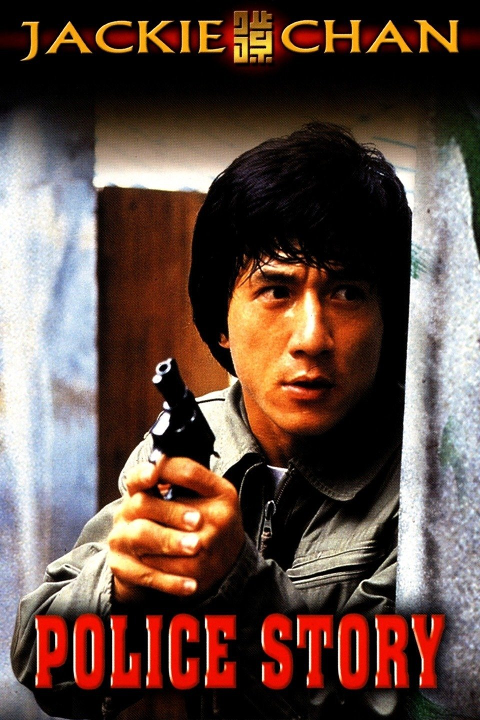
As well as movies there are also countless TV dramas and Cantopop songs coming out all the time in Hong Kong:

But Cantonese is not just limited to Hong Kong. With 60 million native speakers, Cantonese is also spoken in Macau, Southern China in Guangdong province, parts of Malaysia and in Chinatowns all across the world.
But it's just too hard to learn, right?
Cantonese has a reputation of being a hard language, but as with any language, as long as you have a good strategy and a solid routine, you can come a long way in just a few short months.
So how long does it take to learn Cantonese?
In my first month learning Cantonese, I really didn't know what I was doing, so my progress was extremely slow. But as soon as I implemented the steps I’m about to share, I started to progress much faster. After a few months I was having good conversations with my tutor over Skype, and after six months I managed to hold an entire one-hour conversation comfortably with zero English.
After that, I went on to win the Add1challenge (now the Fluent in 3 Months Challenge), and then travelled to Hong Kong where I spent two entire weeks on holiday without using a single word of English.
So, what techniques did I use? What is the best way to learn Cantonese?
In this article I will share with you 10 simple steps that you can implement today in order to become a conversational Cantonese speaker in just six months.
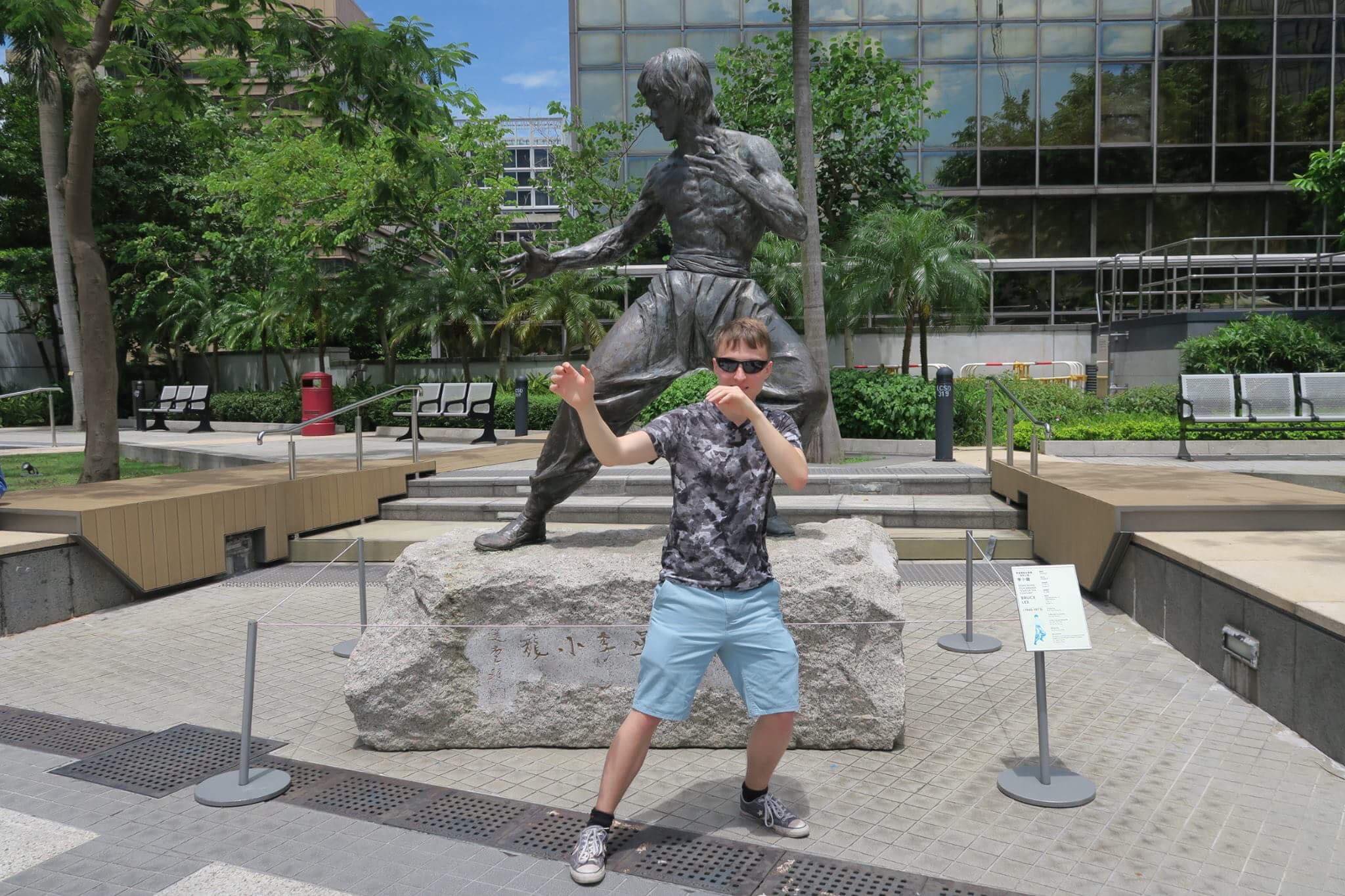
Step 1: Skip Chinese Characters and Find a Good Beginner’s Cantonese Course
Because your goal here is to speak, the best way to start is to find a solid beginner’s book full of dialogues with a romanized transcript.
One of the major stumbling blocks of learning any Chinese language is the writing system. It takes a huge time commitment to learn all the characters, so if you want to become conversational as quick as possible, this will only slow you down.
There are two main romanization systems used for Cantonese, Jyutping and Yale. Older resources tend to favour Yale whereas newer resources tend to favour Jyutping. For this reason I highly recommend opting for resources that use Jyutping.
For a book full of dialogues (and that teaches grammar only on a “need to know” basis), I recommend Cantonese for everyone. It offers a great choice for anyone first starting out in Cantonese.
Another popular choice is CantoneseClass101, which again is a great resource for beginners. You just have to be careful about two points. Firstly, while it does provide a good place to start for beginners, the dialogues are too short to really practise listening, so I wouldn't spent too long on this before moving on. Secondly, the vocabulary lists often mix up spoken and written Cantonese (which are often really different). Therefore, I recommend you avoid the vocabulary lists on the website all together and focus all of your attention on the dialogues.
Step 2: Get a Cantonese Tones Cheat Sheet
Characters aside, the other major stumbling block in Cantonese is the tones. While most native speakers say there are nine tones, in modern Cantonese only six are now taught as shown by the picture below:
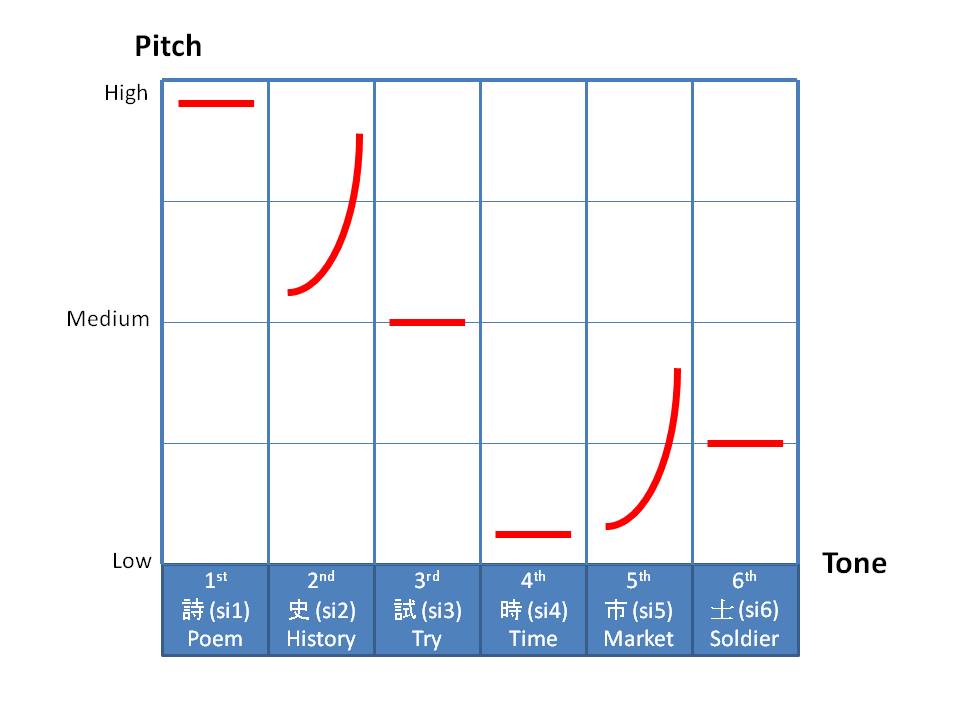
So what is the best way to learn the tones? Luckily for us, the romanization systems have tone numbers built in. In the diagram above, the letters represent the sound and the number the tone.
What I tried to do initially was to memorize the six tones right from the start, but this didn't work at all. I kept forgetting what they meant, and I was just thinking too much and making life much more difficult than it needed to be.
What I found more useful was the above cheat sheet or diagram, which I could look at for reference. I would quickly read this over once to get an idea of what the tones are and then move on to the next step, listening.
Step 3: Listen to Cantonese Every Day
When learning a language, I cannot put enough emphasis on how important listening is. The main reason why I didn't progress very much in my first month of learning Cantonese was because I spent my time listening to the podcasts on CantoneseClass101 instead of spending time with the actual dialogues.
In order to get used to the sounds, you need to listen many times over. First listen without the transcript to see what you already know. Then, with the help of Jyutping, try listening and reading at the same time. Make sure to pay special attention to the tone markers and listen out for them as you go along.
This is where your tone chart comes in.If you forget what a number means, then look it up in your tone chart. Once you have looked it up, go back to listening.
In the first week or two of doing this I forgot the tones more times than I care to say, but the important thing was I kept listening. Over time by listening with the aid of Jyutping to help me read, I shortly became accustomed to the different tones and sounds of Cantonese.
Make sure to dedicate time every day to focus on your listening, and try not to rely on English explanations too much, such as podcasts or grammar explanations.
Step 4: Transfer Useful Cantonese Words to Flashcards
At this point you are listening every day while building up your passive Cantonese vocabulary and your comprehension in Cantonese. But you want to be able to speak, right?
The next important step to take is activating your vocabulary. My favourite and the most convenient way to do this is by using SRS flashcard apps, such as Anki.
The best thing about flashcard apps is they are on your phone, so you can take them with you wherever you go. Whenever you have a spare minute or two throughout the day, you can get your phone out and practise. This is an incredibly useful way to utilize deadtime, such as waiting at the bus stop, or waiting to reheat your lunch at work.
When you come across a word you want to learn, don't just take the single word, make sure to take the whole sentence to capture the context. Put English on side one of your flashcard, and Cantonese in the full sentence on side two.
When you are reviewing the flashcards, look at the English prompt and try to say the sentence in Cantonese from memory. The good thing about this is you see a prompt, and then practise speaking. This is similar to the skills you need to use in conversation, and it will make your first conversation easier down the line.
This will be difficult at first, so I recommend being selective about what you add. Personally, I haven't ever used any premade Anki decks because I believe it's better to add what I feel is relevant to me.
Step 5: Use Mnemonics to Make Sure Tricky Cantonese Words Stick in Your Mind
While SRS flashcards are extremely useful, and in a lot of cases you can simply review them regularly and let time do the work, there will inevitably be some words and phrases that just won't stick. When this happens, you should use mnemonics.
A mnemonic involves associating a word with a particular, memorable image. This links the new word in your brain to something you already know, and makes it easier to recall quickly. The more personal and relevant the image is to you, and the more easily you can picture it in your head, the greater the chance of it working.
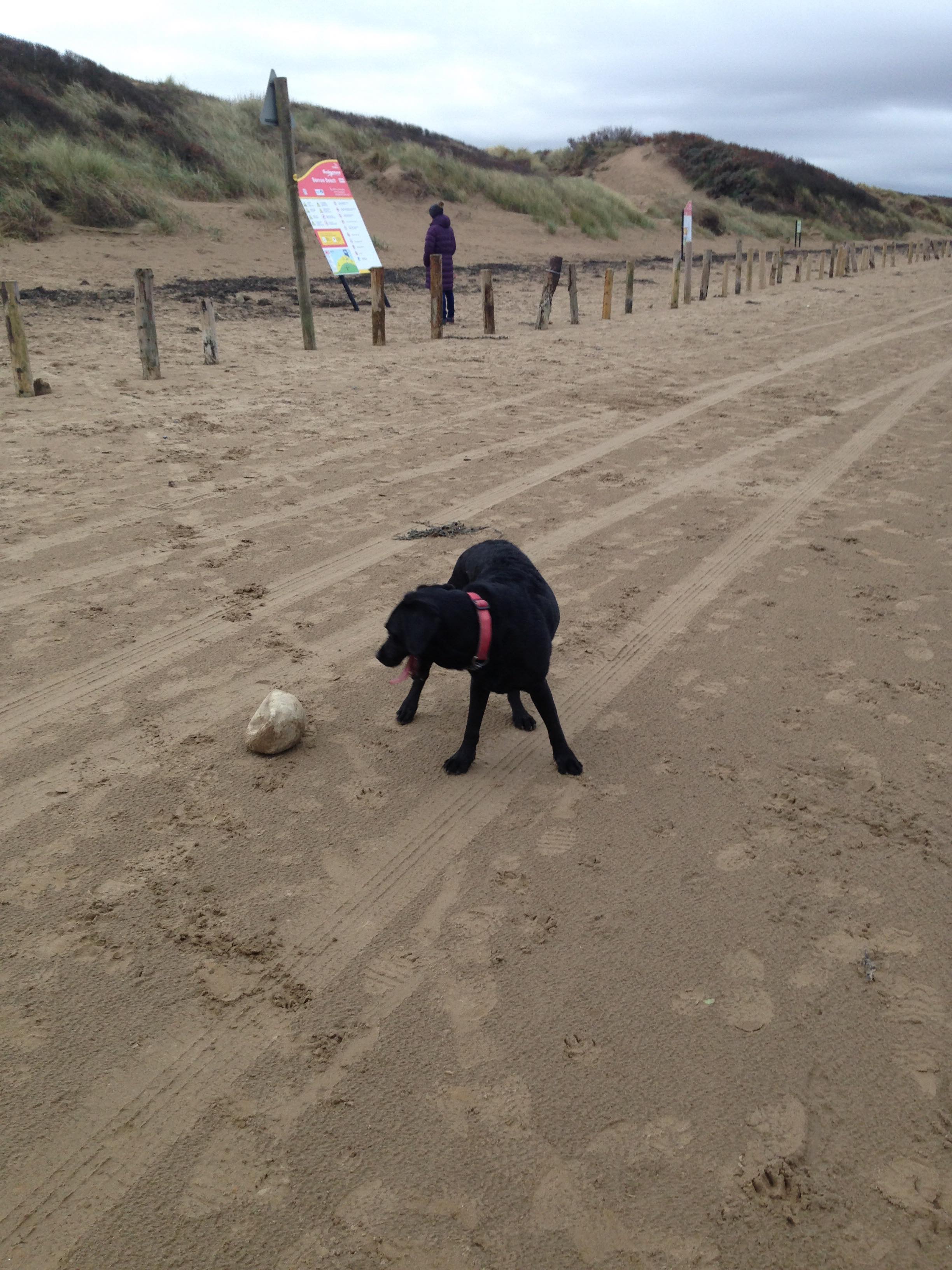
Let me give you an example. I was trying to remember the expression “to go for a walk” pronounced “saan3 bou6”, and kept on forgetting this. What I did was imagine myself going for a walk on a sandy beach with my dog Beau. We took him many times, so it's something I can easily picture. I associate the sand with the sound “saan3”, and my dog’s name Beau with the sound “bou6”.
Step 6: Fill Up Your Downtime With Cantonese Sentences

If you are like me then you probably spend a lot of time commuting to work or school every day. If you want to learn a language fast, then it is important to utilize your time well, and make opportunities for what otherwise would be wasted time, or dead time. Your commute is a perfect example.
If you live in the UK, then you can walk into almost any public library in the country and pick up a copy of a beginners Cantonese Pimsleur course for a small rental fee. And if you’re living outside the UK, then I’m sure there will be similar services you can use.
Pimsleur is an audio-based course, which means you don't need to read; you just listen and repeat. Perfect for your daily trip to and from work or school.
If you’re not driving, or don't have access to an audio course, then there are many more options available. Other things I did included downloading podcast lessons from CantoneseClass101.com. While these are not ideal for focused study, they are perfect for passive listening on your journey.
Also why not try playing the dialogues from a textbook (if your textbook comes with audio) a few times over, to really help cement what you have learned.
Step 7: Give Yourself Mini-Goals, and Mix Up Your Learning Materials
Setting goals is extremely beneficial. Not only do goals help you see your progress and achievement, but they also keep you focused and on the right track, while stopping you from doing the same thing for too long.
I’ve seen it before, when people start to get frustrated that their language learning has plateaued or that they’re getting fed up and bored of the process only to find they have been using the same resource for months on end. Setting short-term goals and mixing up your materials is a great way to keep you engaged and accelerate your progress.
The first goal I had was to complete the Teach Yourself Complete Cantonese course in a month and a half. Then when I was further along, I set myself the deadline of completing 15 dialogues from Cantonese conversations in 2 months.
There are two important things to note with these types of goals. Firstly, they are specific and measurable, and secondly, there is a deadline for completion. This allows us to break down exactly how much we need to do each day in order to meet those goals, and as I said above, is a great way to improve motivation and keep us on the right track.
Another good example of setting goals is the Add1Challenge. After a few months of learning, I decided to join the Add1Challenge where language learners from around the world share the common objective of holding a 15-minute conversation in their target language after 3 months of study. In addition to this there are three mini challenges throughout the challenge, each with a different objective.
This is the first time I realized the true power of community, accountability and goal setting in language learning. I wasn't by myself; suddenly I was surrounded by an awesome community with the same goal as me. We could share our struggles and our wins, and help each other along the way.
Step 8: Find a Cantonese Speaking Partner

While I don't speak from day one when I start learning a language, I do think it's a good idea to set a goal of when to start speaking. For me, I set the goal of speaking one month after first starting the language.
Finding a good tutor or language exchange partner is invaluable. In the early stages, we need someone patient to speak to so we can build up our confidence, experience real conversations and activate our vocabulary.
I set the goal of having three speaking sessions a week. If you want to achieve conversational fluency, it’s important to speak regularly, and speak a lot. Setting the goal of three times a week, for me is low enough to be sustainable, but frequent enough to get serious results when kept up over the long term.
Step 9: Learn Cantonese Words and Phrases that are Relevant to You
When first starting out, there are going to be a lot of things you want to say that won't be in your beginner’s book. You will want to speak about where you’re from, your hobbies and interests, your job and background.
There is no way all of this can be covered in a beginner’s course, but it’s still important. Learning phrases that are relevant to you will help you speak about yourself, and help gain momentum and build up confidence when you first start to speak.
Let me give you an example. One of the first sentences I learnt was:
- 我喺Newcastle大學讀咗化學工程 / ngo5 hai2 Newcastle daai6 hok6 duk6 zo2 faa3 hok6 gung1 cing4 – “I studied Chemical Engineering at Newcastle University.”
Other things that you will get asked a lot, is why do you want to learn Cantonese, and how long have you been learning Cantonese for. So it is also a good idea, to learn sentences relating to these questions so you can have pre-set answers ready to go.
- 我想學廣東話因為我女朋友係香港人嚟嘅 / ngo5 soeng5 hok6 gwong2 dung1 waa2 jan1 wai6 ngo5 neoi5 pang4 jau5 hai6 hoeng1 gong2 jan4 lai4 ge3 / “I want to learn Cantonese because my Girlfriend is from Hong Kong”
- 而家我學咗廣東話三個月 / ji4 gaa1 ngo5 hok6 zo2 gwong2 dung2 waa2 saam1 go3 jyut6 – “I have been learning Cantonese for 3 months”
Learning these phrases, and having set responses will help you build confidence and momentum. And then you can build on this and improve. If you can’t find the right vocab in your course book, try checking a reliable website or online dictionary for your language, or better yet, ask a native speaker.
Step 10: Find and Explore Interesting Cantonese Content
A lot of people argue that watching TV in the beginner stages doesn't do much to help your language learning, but I have to say I completely disagree. While it's certainly true that relying on TV alone is an incredibly inefficient way to learn, I think it can do wonders to keep you engaged and interested in the language.
The reason I value this so much is not because I can practise my listening skills or pick out odd words here and there. It's so I can connect with the culture.
Watching TV is fun. By watching TV dramas and movies with English subtitles you can just relax and enjoy the content. You’ll remind yourself of what you’ll be able to do once you have learnt Cantonese. You’ll find out more about the culture and the country. You’ll have more to talk about with native speakers, which will make it easier for you to make new friends in the language.
Cantonese has such a rich culture, and there are so many movies and dramas to choose from. Hong Kong Cinema is legendary, starring people like Bruce Lee, Jackie Chan and my personal favourite Stephen Chow.
My favourite film is called Shaolin Soccer. Starring Stephen Chow, the film follows a broke Shaolin Monk who reunites his old brothers to form a football team. They use their superhuman abilities to play football and showcase shaolin kung fu to the masses. This film is absolutely hilarious and iconic in Hong Kong. I am yet to meet a single Hongkonger who hasn't seen and loved this film.
For TV dramas, my personal favourite is called No Regrets. It is set during WW2 in Guangzhou, China. It centres around a triad family and the Guangzhou police force, but everything starts to change as the Japanese begin to invade and take over. The drama and cast recieved 11 TVB anniversary award nominations and managed to win 5 of them. It is an absolutely brilliant watch, and even if you have no intention of learning Cantonese, I definitely recommend it.
Listening to Cantopop is another good way to help increase exposure and connect with the culture. The most famous and probably my favourite song is Beyond – 海闊天空 (under a vast sky). Some of of my other favourites include the band Supper Moment and singer G.E.M.
You Can Learn to Speak Cantonese Faster than You Think
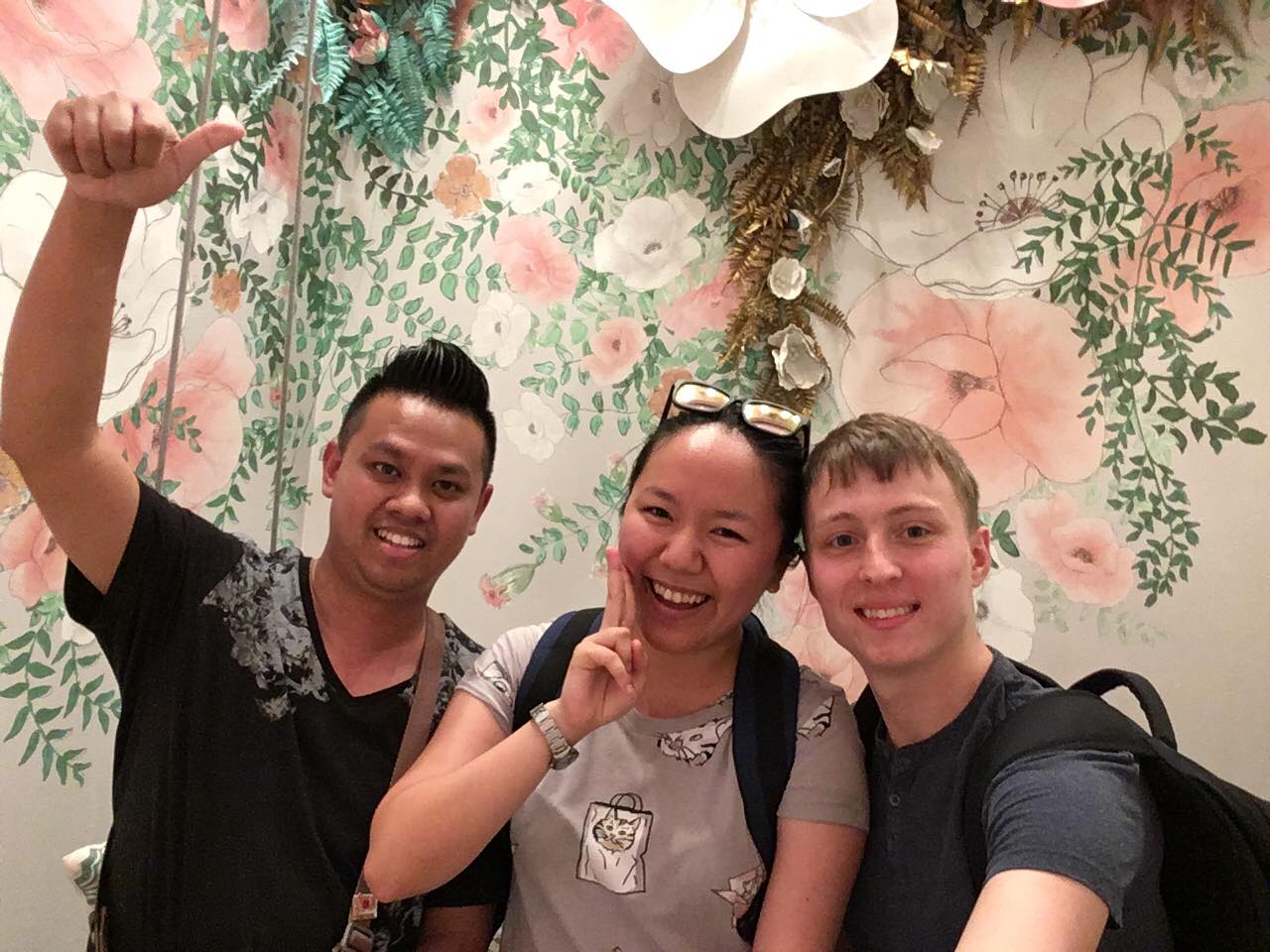
Despite its perceived difficulty, Cantonese, like any language, can be learnt quickly if you go about it the right way. There are many reasons you would want to learn Cantonese, from dramas and movies, to travel, history, friends and family.
Whatever your reasons, Cantonese is such an expressive and fun language to speak that it’s definitely worth the time investment. Learning Cantonese is without a doubt one of the most rewarding, enriching and all around fun things I have ever done, and something I highly recommend.
I’ve had countless experiences I wouldn't have had otherwise, from speaking with my friends, bargaining at the markets in Hong Kong and even speaking with a women in the rural parts of Hong Kong, who told me it was her first time ever speaking with a foreigner as she can't speak English.
Follow these 10 simple steps, and you too will be well on your way to holding conversations in Cantonese before you know it. The keys are consistency, routine, speaking a lot and listening every day. This last point I cannot emphasize enough!



Social